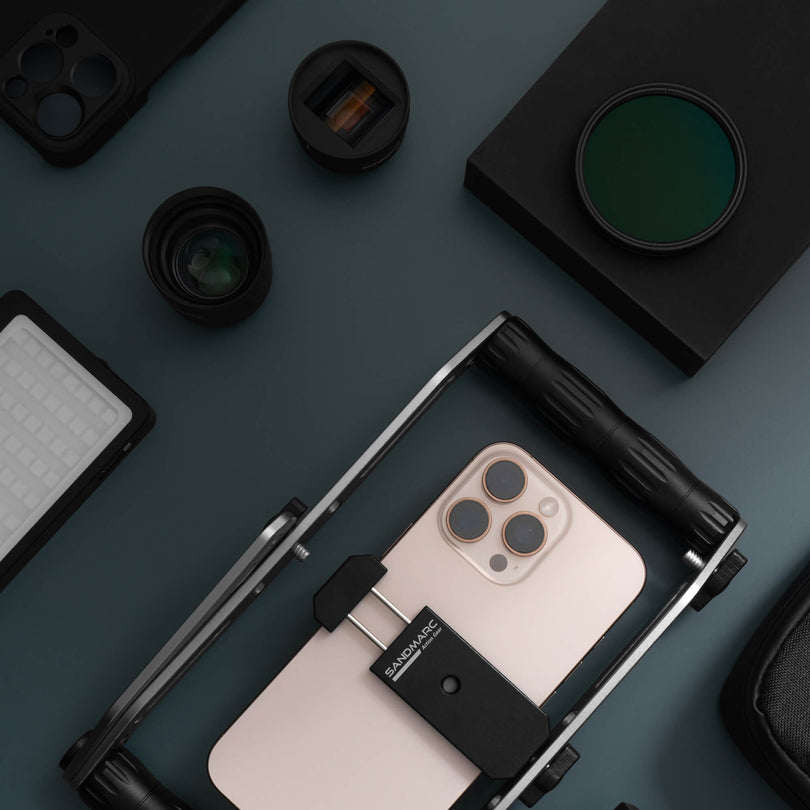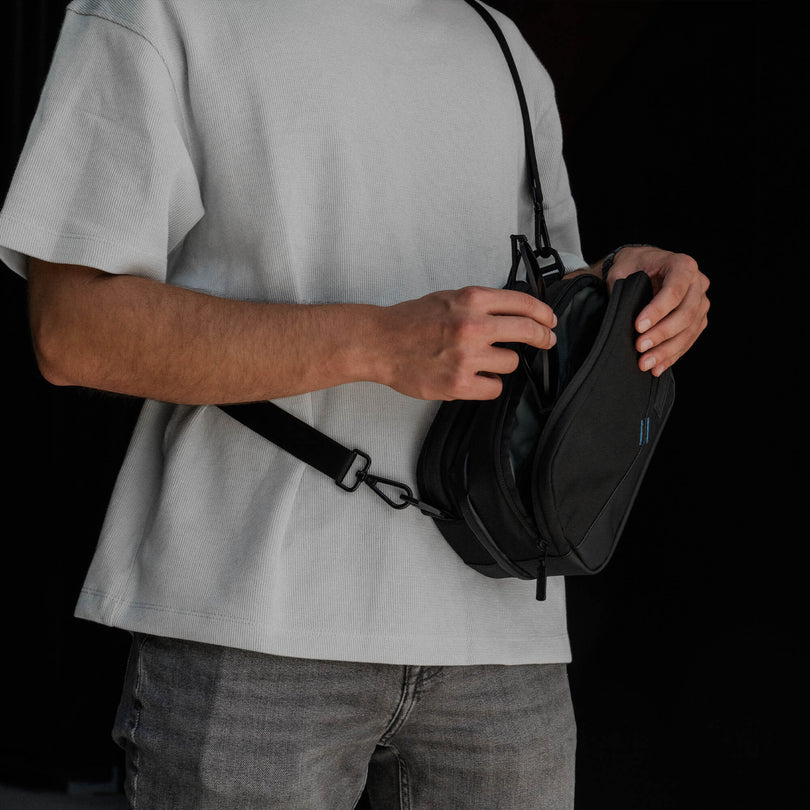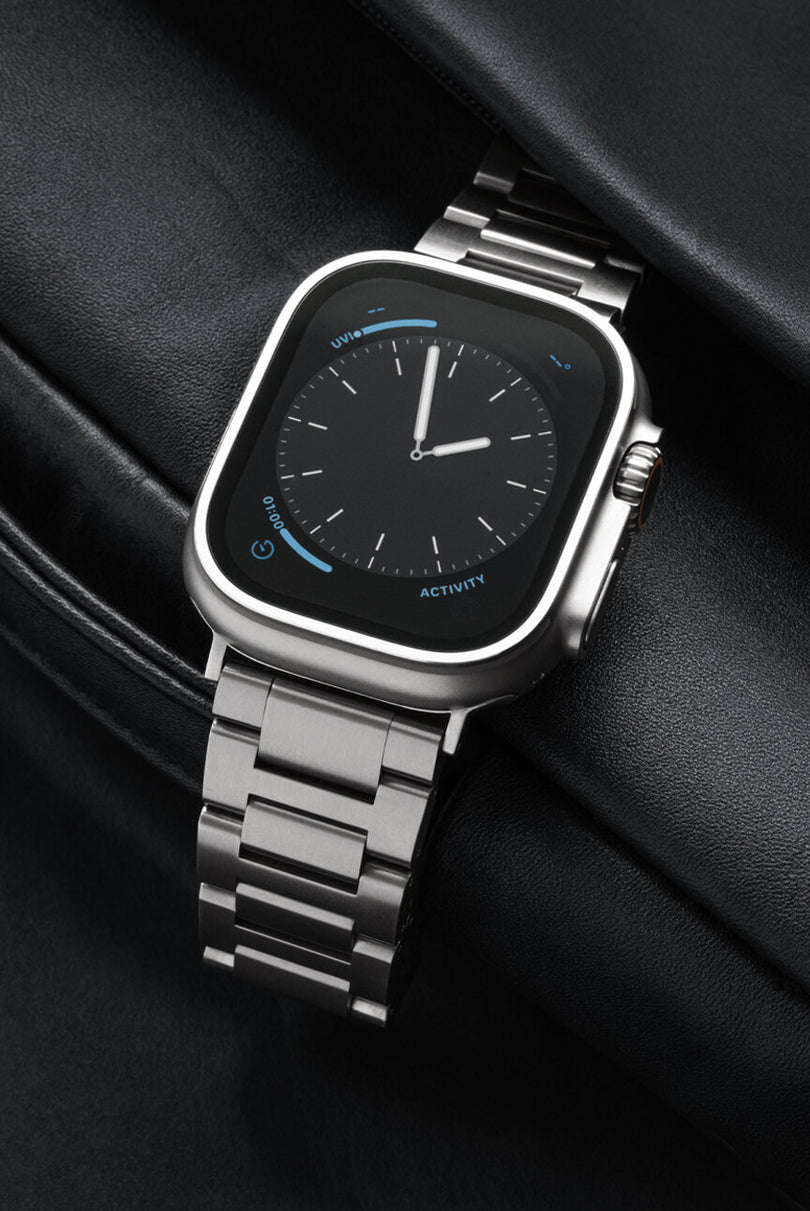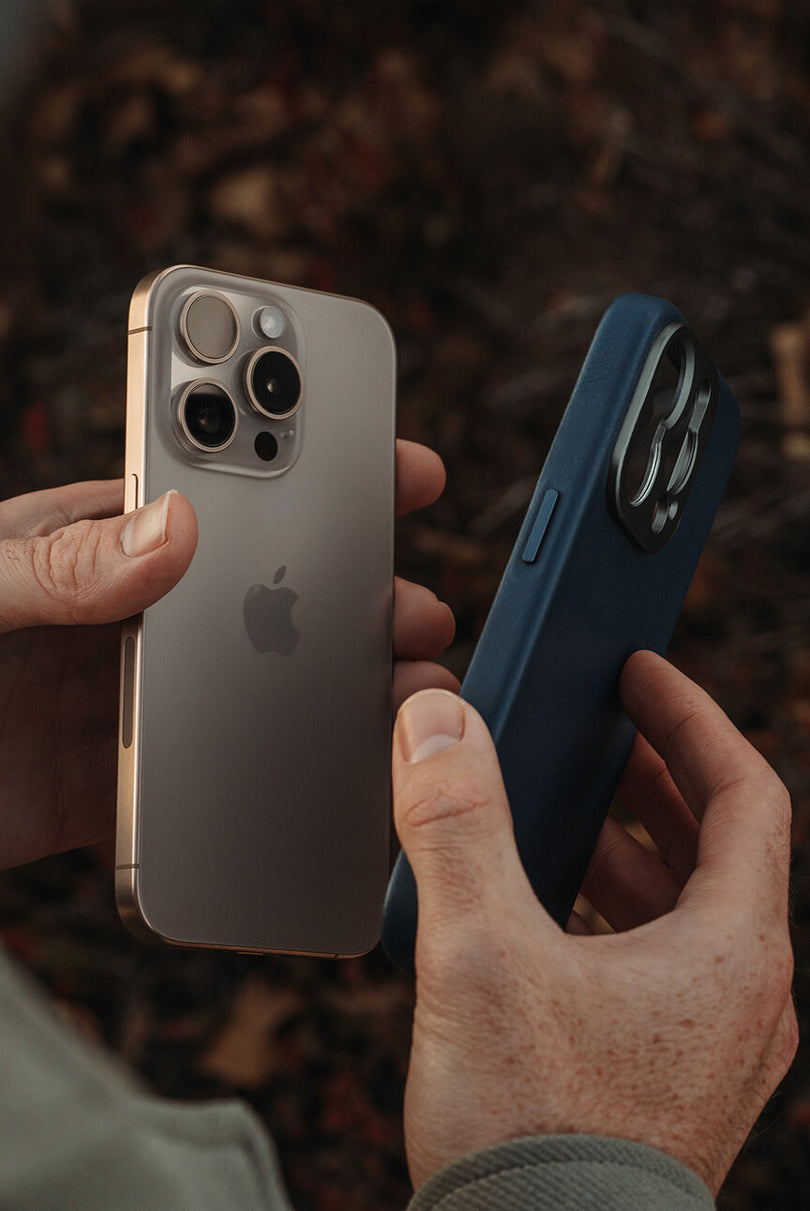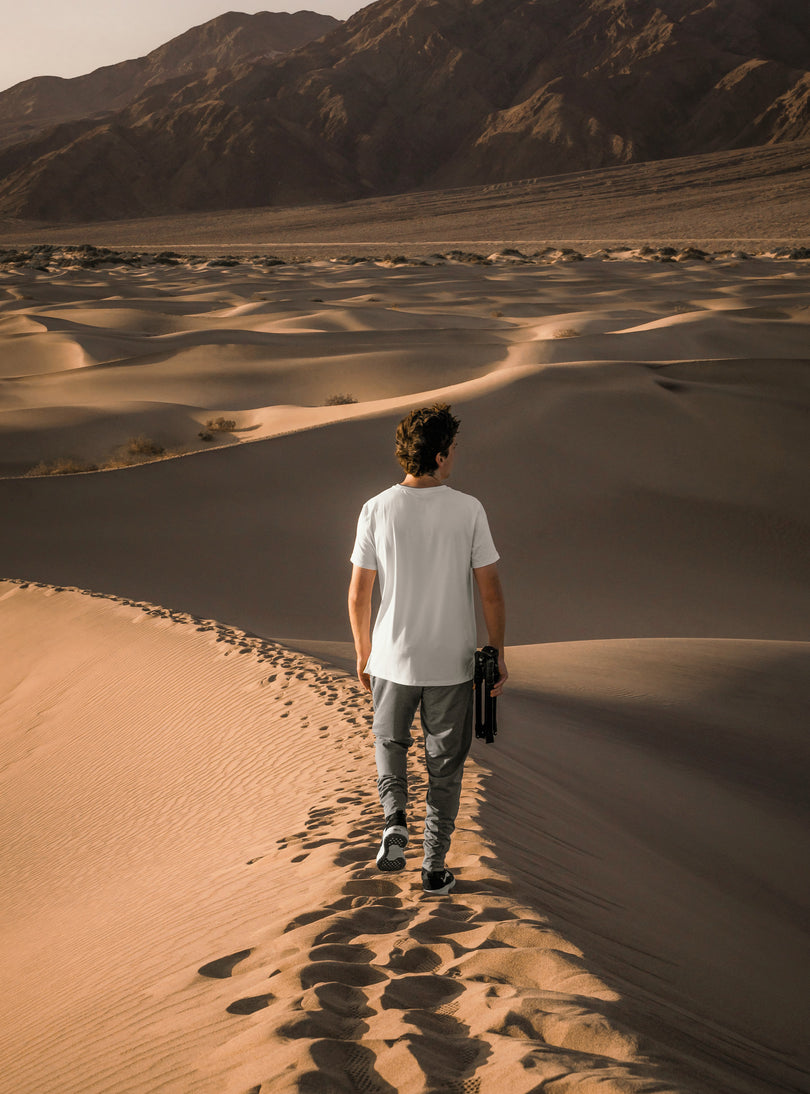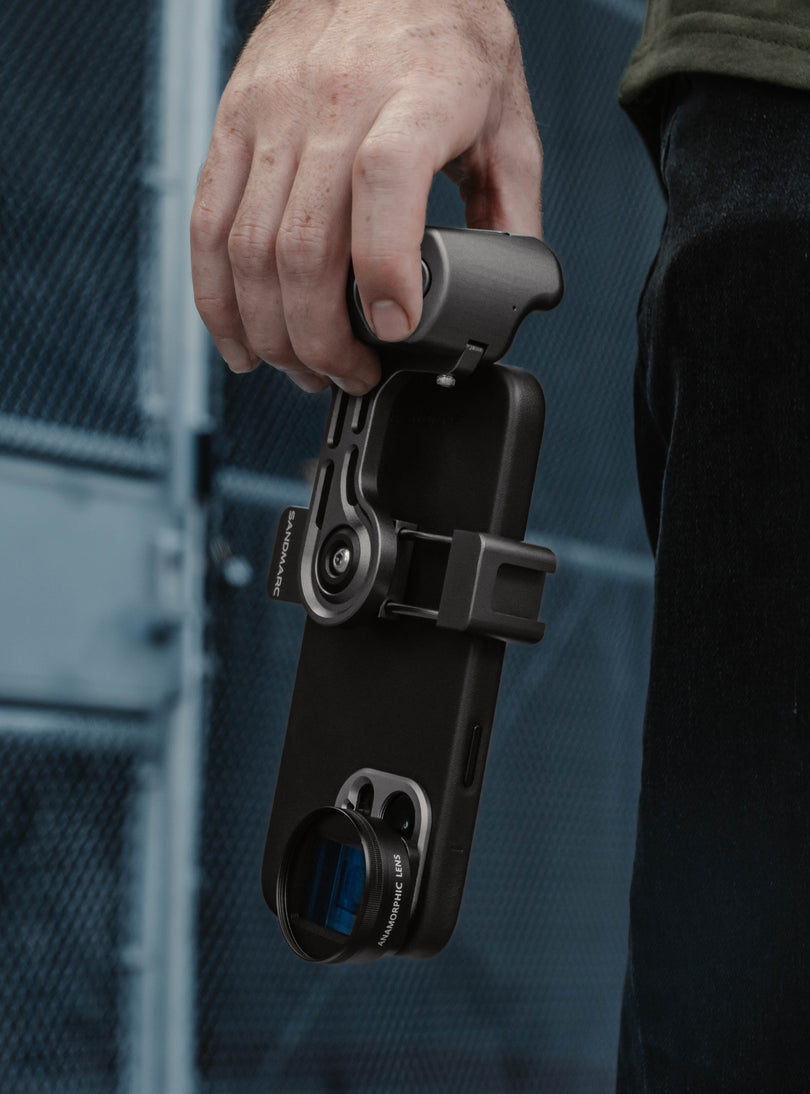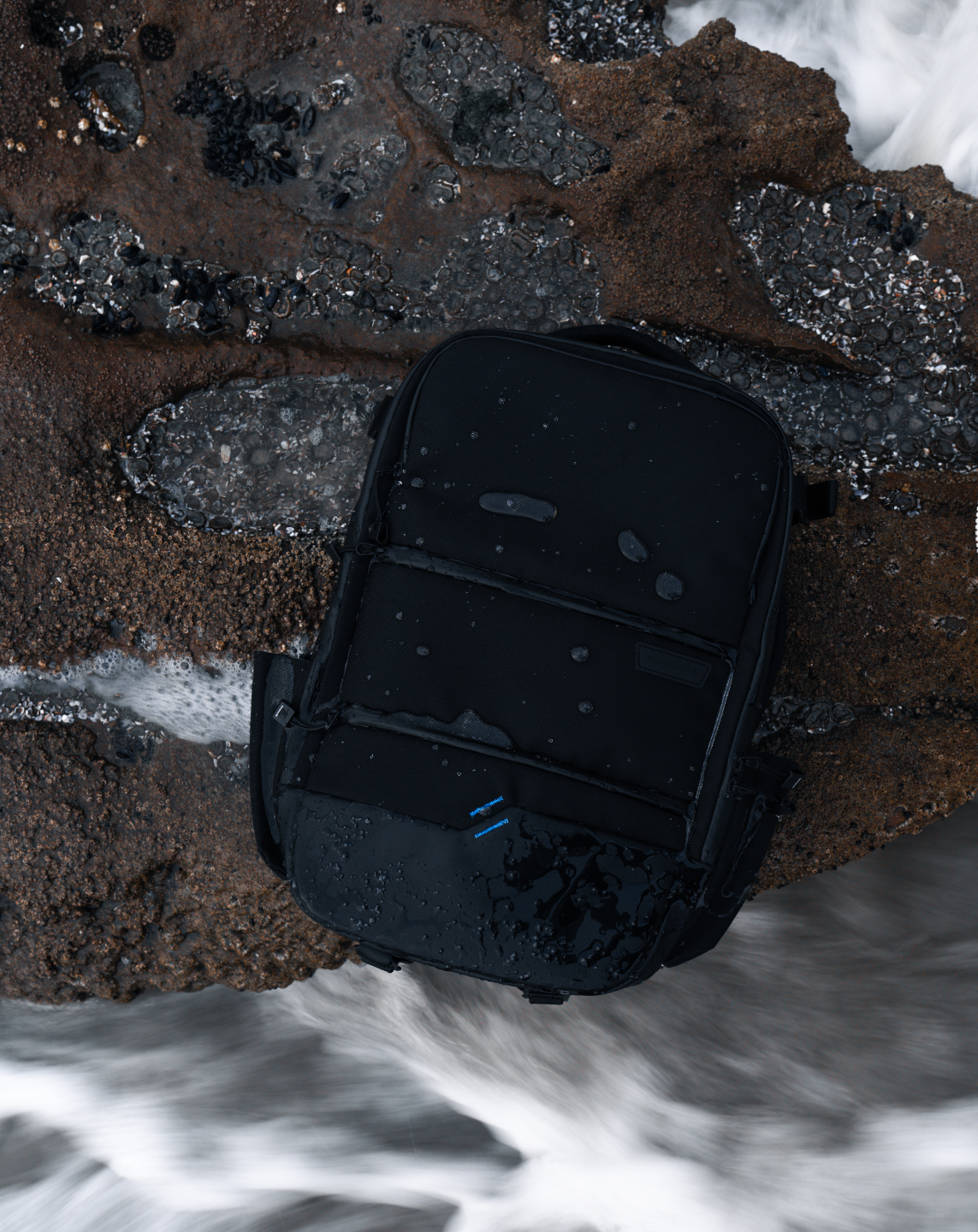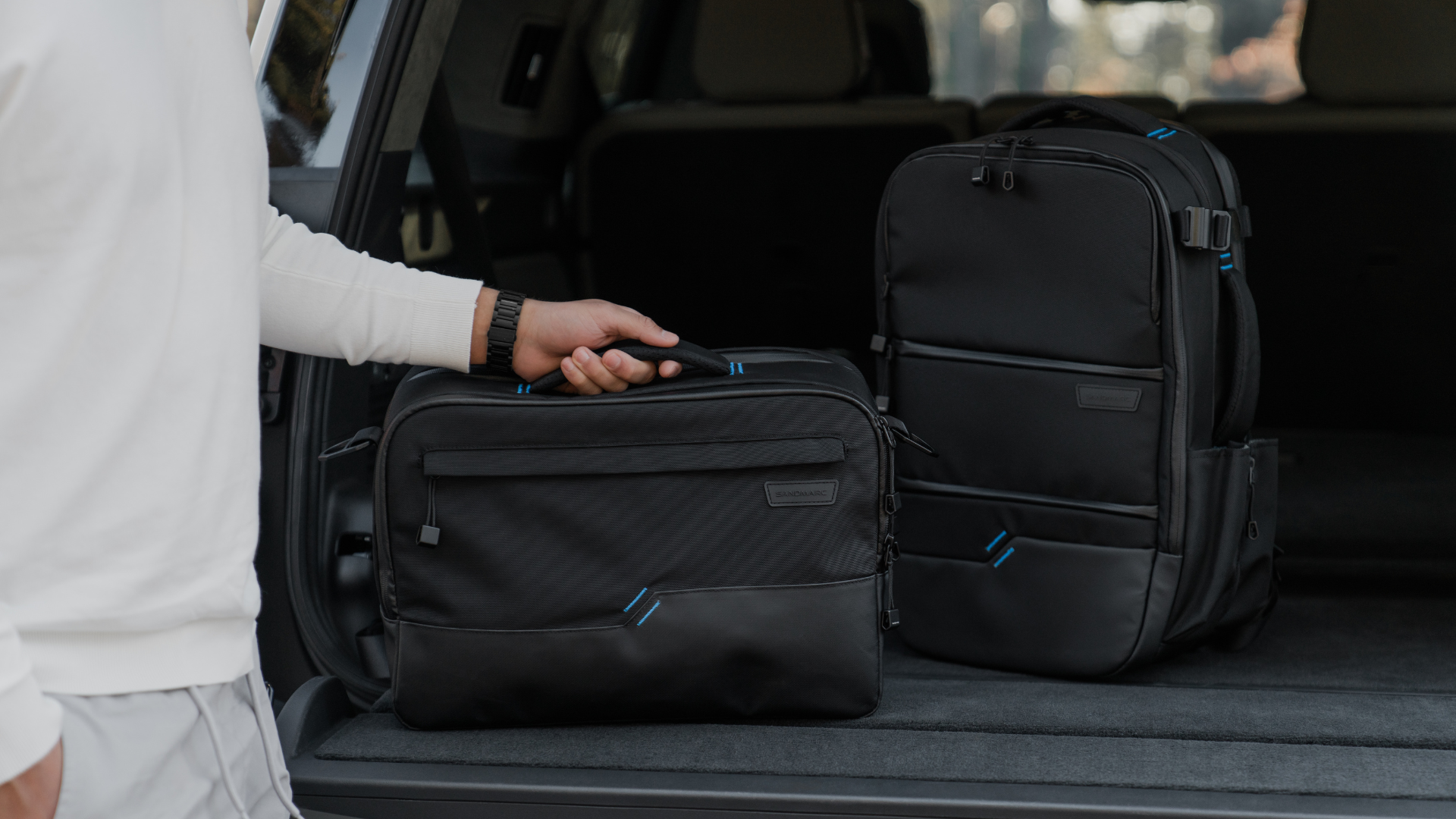How to Capture Underwater Photography and Videography on iPhone
A Beginners Guide
The iPhone is capable of capturing high-quality photos above ground, but what about underwater? We’ve tested its water-resistant capabilities and seen impressive results. With no risk of water damage, the possibilities for underwater photography and video are endless! If you haven’t tried capturing underwater shots with your iPhone, this guide will walk you through the steps.
How much water is too much water?
Before we discuss underwater photography and video with the iPhone, it’s important to understand the iPhone’s underwater limits. Each iPhone has varying levels of water resistance, with the most recent models offering the highest levels. These range from splash resistance to specific depths and durations underwater.
If you’re dipping your iPhone underwater for a quick video, we recommend ensuring there are no cracks and dipping it camera-first while keeping the charging port and speakers out of the water. However, if you plan on doing extended shooting, it’s best to use an underwater case to ensure the longevity of your iPhone.
Gearing Up: iPhone Waterproof Case
For extended filming and photoshoots, we recommend the Divevolk Seatouch 4 Max case. This brand specializes in underwater filmmaking and photography, offering top-tier gear. Their case allows you to easily use your iPhone's touchscreen while providing protection at diving depths of up to 60 meters.
We recommend this case over plastic pouch waterproof cases due to its advanced sealing technology, which ensures seamless touchscreen functionality underwater. Pouches often fail to provide precise iPhone usability and require careful removal of air pockets before submerging. Additionally, if you upgrade your iPhone, there’s no need to purchase a new case—simply replace the adapter.
Precautions for Underwater Photography and Videography
Whether you’re in the ocean or a pool, it’s important to take necessary precautions before entering the water. When diving into the ocean it’s important to research the animals commonly found in the area and understand their behavior to recognize when you might be in danger.
Overall it’s important to have the right gear and be comfortable swimming in the conditions of an ocean or pool. If you’re working with a model, establish cues or hand gestures to communicate effectively in case of an emergency, and consider having them sign a liability waiver.
Be careful not to step on or touch coral or any underwater habitats, and be mindful to leave no trace, much like the etiquette followed in forests and mountains. Treat the animals and habitats like an underwater museum, and avoid touching anything out of respect for their fragility.
5 Tips for Capturing Under Water Photography and Videography with iPhone
1. Mastering Buoyancy for Stable Shots: When shooting underwater, you'll be fighting buoyancy to create stable shots. The rule of thumb is that when you breathe in, your lungs fill with air, causing you to float towards the surface, and when you breathe out, you’ll sink. Once you gain good control of this, it will be easier to maintain stability underwater. Adding small weights along with mounts, or grips can provide better stability as well and are highly recommended.
2. Harnessing Natural Light for Stunning Underwater Shots: When utilizing natural light, it’s best to keep the light behind you; however, you can switch it up for unique shots. The time of day will heavily affect the tone of light in the water, and golden hour has the same effect underwater as it does on land. Attaching a light can help as well, but be sure to avoid excessive flashes.
3. Perfecting Your Underwater Composition: The ocean is so vast that it can be hard figuring out how to frame your shots. It is best to be closer rather than far away from a subject, and to choose one main point of focus. The further away you are the more likely particles will be in the way, preventing you from capturing clear shots. Having one point of focus will create a high quality photo.
4. Working with Unique Angles: When you first start capturing photos and videos underwater, it’s natural to want to shoot straight down. However, experimenting with different angles can produce stunning photos and scenes. For example, try swimming beneath a fish and aiming your camera upward to capture the sun rays beaming through the water.
5. Capture in ProRaw and ProRes for Better Editing: As always, we recommend capturing photos in ProRAW and videos in ProRes to allow for greater flexibility in editing. Since water can be murky and lighting conditions may be less than ideal, you'll likely need to adjust the following in order: exposure, hues and tints, contrast, and then double-check the exposure again.
Underwater photography and filmmaking are incredible ways to capture your adventures in the ocean. Whether you’re scuba diving, snorkeling, or walking along the beach, captivated by the reefs, you can easily utilize the iPhone right in your pocket.
Hopping on a boat for scuba diving or snorkeling is always an adventure. With everything bound to get wet, the SANDMARC Travel Backpack is a must-have. Its weather proof zippers and water-resistant bottom will keep your personal items dry while you enjoy the water.
Author's Bio
SANDMARC offers photography gear for mobile creators, including top-tier lenses, filters, and accessories that elevate iPhone photography. Trusted worldwide, our products help users capture stunning visuals in any setting. Our blog provides tips, guides, and inspiration to enhance your creative journey, with advice and industry updates from our passionate team.

